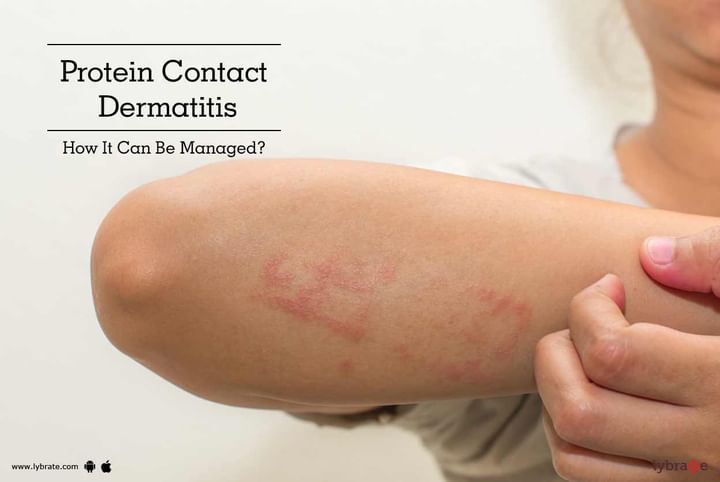Protein Contact Dermatitis - How It Can Be Managed?
Protein contact dermatitis (PCD) is an allergic skin reaction caused by proteins of either animal or plant origin. Four types of proteins can cause PCD: plant, animal, flour, and proteolytic chemicals. The risk factors for the improvement of PCD include family history or general history of atopy, irritant dermatitis, an occupation or side interest, including exposure to one of these protein allergen agents. In PCD, avoiding these particular allergens is very important in order to avoid the reaction. Symptomatic help and relief might be found with transient corticosteroids, immunomodulatory operators, or antihistamines. Inpatient care might be important for PCD patients if the allergy is severe to the point that patients cannot take care of themselves or in the rare case that they encounter angioedema or extreme gastrointestinal problems.
Some short-term treatments may include high-power topical corticosteroids, for example, clobetasol propionate, to diminish the irritation and swelling. Topical tacrolimus 1% ointment might be a decent long-term solution for the allergies. Oral antihistamines might be prescribed also if highly serious allergy takes place. To enhance and improve the treatment of this condition, the initial steps are to recognize and maintain a strategic distance from the dependable allergen. PCD is a chronic procedure that tends to have phases of change during holidays and crumbles when you go back to work.
It is recommended that the patients should wear plastic gloves and try to avoid rubber ones because of the danger of building up a PCD or unfavorably allergic contact dermatitis in addition to this already existing problem. In specific cases, change of patient's occupation is the main compelling measure to understand and manage this skin condition. This is done so that one can determine what element is causing the allergies to take place. Sometimes, certain products are to be avoided so as to determine which out of the daily routine products might be an allergen.
PCD does not necessarily have to end up in a chronic state. Avoiding the causative material more often than not prompts fast mending of the problem. In extreme cases, corticosteroid creams or treatments accelerate the recovery procedure. Symptomatic alleviation might be provided with transient corticosteroids, immunomodulatory specialists, or antihistamines.
Hence, in conditions like protein contact dermatitis, the allergy could also develop in the later stages of life. It is not necessary that the patient be allergic to certain types of foods from their very birth. With changing body schematics, it is possible that the allergy could be developed in later stages of life. Therefore, it is important to keep an eye out for when the allergy occurred so that it is easier for you to determine the allergen behind it. If you wish to discuss any specific problem, you can consult a Dermatologist. | You can also check saffola soup if you are looking for a high protein soup.



+1.svg)
